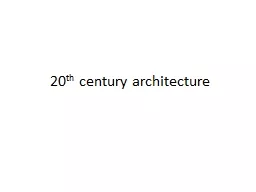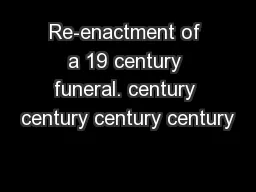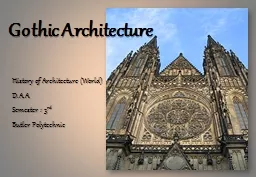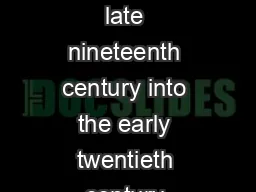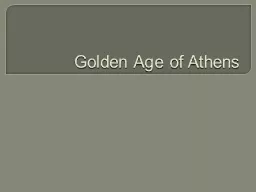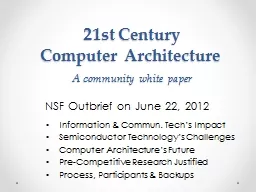PPT-20 th century architecture
Author : chaptoe | Published Date : 2020-07-04
De Stijl style Dutch The style 20 th century art movement founded by painter Piet Mondrian who promoted utopian ideals and developed a simplified geometric style
Presentation Embed Code
Download Presentation
Download Presentation The PPT/PDF document "20 th century architecture" is the property of its rightful owner. Permission is granted to download and print the materials on this website for personal, non-commercial use only, and to display it on your personal computer provided you do not modify the materials and that you retain all copyright notices contained in the materials. By downloading content from our website, you accept the terms of this agreement.
20 th century architecture: Transcript
Download Rules Of Document
"20 th century architecture"The content belongs to its owner. You may download and print it for personal use, without modification, and keep all copyright notices. By downloading, you agree to these terms.
Related Documents

